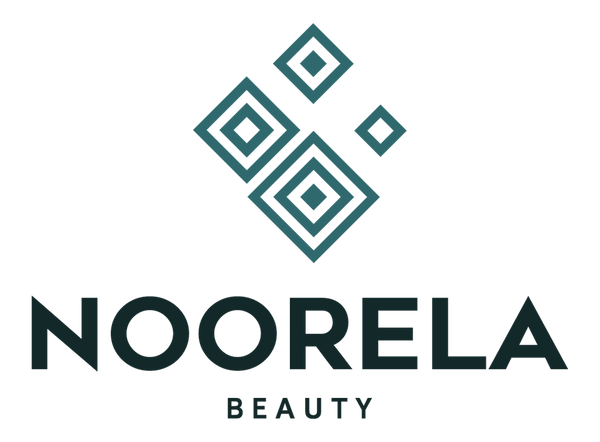
Which Makeup Brush Is Best? A No-Nonsense Guide for Real People
When it comes to putting on makeup, brushes can make or break your routine. But if you've ever found yourself staring at a wall of options wondering which makeup brush is best, you're definitely not alone. With so many shapes, bristle types, and purposes, the world of makeup brushes can be overwhelming—even for seasoned beauty lovers.
Let’s break it down in plain English. This isn’t about hyping the latest trend or pushing you to buy a 30-piece set. This is about understanding what works and why, so you can spend smarter and get better results—whether you're building your first brush kit or fine-tuning your favorites.
Why “Best” Depends on the Job
Before you ask which makeup brush is best, you have to ask: best for what?
No single brush can do it all. Different brushes are designed for different products, finishes, and techniques. A foundation brush that gives a flawless base won’t blend eyeshadow properly, and a tiny detail brush won’t help you powder your face.
So the better question might be: which makeup brush is best for each step of your routine?
Let’s break that down.
Foundation: For Even, Natural Coverage
Which makeup brush is best for foundation? A dense, flat-top buffing brush or kabuki brush usually does the trick. These brushes work liquid or cream foundation into the skin for a smooth, streak-free finish. If you like full coverage, go dense. If you prefer a natural glow, try a duo-fiber stippling brush.
Avoid floppy or loosely packed brushes for foundation—they tend to leave streaks and soak up product.
Concealer: Precision Is Key
When it comes to concealer, which makeup brush is best depends on where you’re applying it. For blemishes or tight areas like the inner corner of the eye, go with a small, firm brush (think pencil-style or flat tapered). For under-eye blending, a dome-shaped soft brush offers a gentler, more diffused look.
Bonus tip: Tap, don’t drag. You’ll maintain better coverage and avoid irritation.
Powder: Fluffy & Soft Does the Job
Which makeup brush is best for setting powders or finishing veils? Look for a large, fluffy brush with soft, loosely packed bristles. These allow for even distribution without disturbing the foundation underneath.
Prefer precision? A smaller tapered powder brush can help you target oily zones or set under the eyes without overdoing it.
Blush & Bronzer: Shape Matters
For blush, angled brushes are great. They hug the cheekbones and help place pigment where it belongs. For bronzer, a medium-size fluffy brush allows you to apply warmth without harsh lines.
Wondering which makeup brush is best for cream blushes? Go with something synthetic and slightly firm—like a stippling brush or dense rounded buffing brush.
Eyeshadow: The Core Three
If you only buy three eye brushes, make them:
-
A fluffy blending brush for soft edges
-
A flat shader brush for applying color to the lid
-
A small detail brush for the inner corner or smudging liner
Each plays a different role, and together they give you control and variety without crowding your makeup bag.
So if you're still wondering which makeup brush is best for eye makeup, the answer is: not one, but a trio—each with a purpose.
Brows, Liner, Lips: Precision Tools
These smaller brushes might not be used every day, but when you need them, you’ll be glad you have them.
-
Angled brush: great for brows or gel liner
-
Fine tip liner brush: best for detailed liquid or cream liner
-
Lip brush: useful for bold lip colors or shaping the edge
While these aren’t always essential for beginners, they’re lifesavers for detailed looks.
Natural vs. Synthetic Bristles: Does It Matter?
Quick myth bust: synthetic bristles have come a long way. Many of today’s best brushes use high-tech synthetic fibers that outperform natural hair—especially when working with cream or liquid products. They’re also cruelty-free and easier to clean.
So if you're deciding which makeup brush is best, don’t let the bristle type trip you up. Think about product compatibility and performance, not just marketing.
A Final Word: The Best Brush Is the One You’ll Use
Let’s not overcomplicate things. The beauty world loves a trend, but real results come from mastering the basics. A small, well-chosen brush collection—matched to your skin type, product textures, and preferences—beats a massive kit any day.
So, which makeup brush is best for you? The one that helps you apply with confidence, blends the way you want, and fits your daily routine.
If that’s a $10 brush that feels just right in your hand, that’s the best brush. Period.
Need help building a core set or choosing between two brush types? Drop a comment—we’re here to help you cut through the fluff and get straight to what works.
